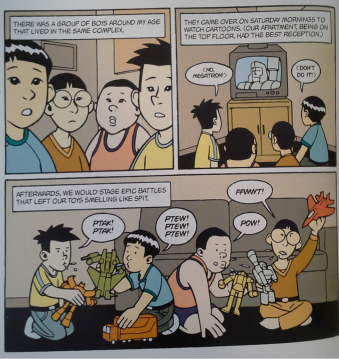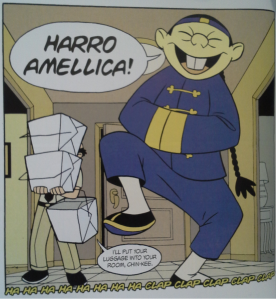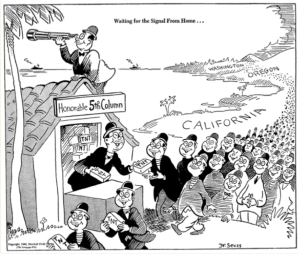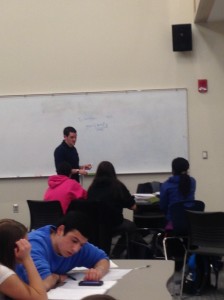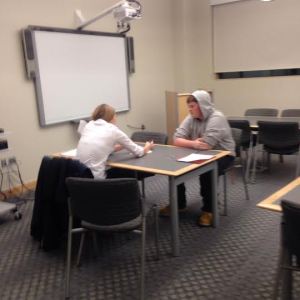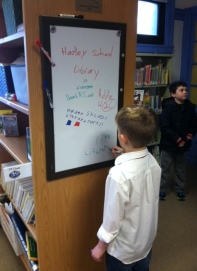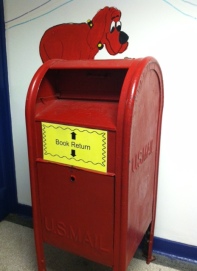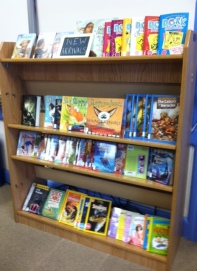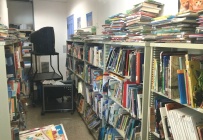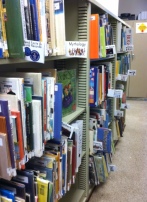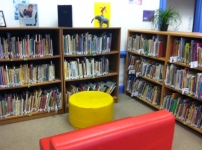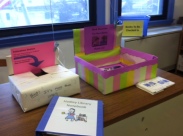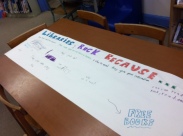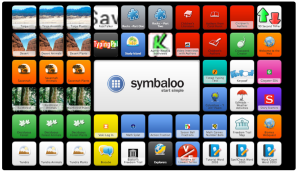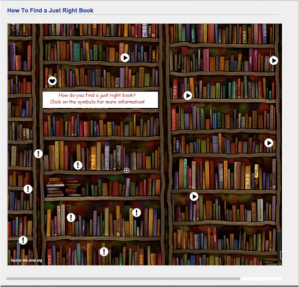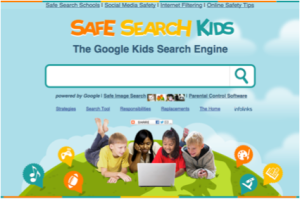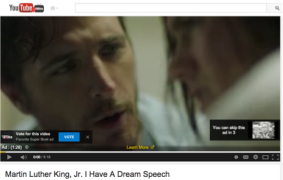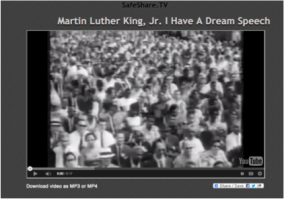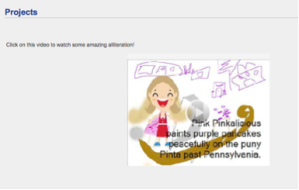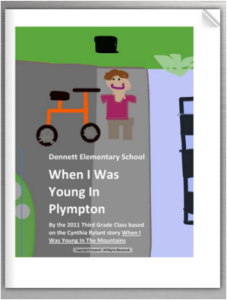There is a poem that I keep on my desk that says in part:
“…This is what we are about:
We plant seeds that one day will grow.
We water seeds already planted, knowing that they hold future promise.
We lay foundations that will need further development.
We provide yeast that produces effects beyond our capabilities.
We cannot do everything
and there is a sense of liberation in realizing that.
This enables us to do something,
and to do it very well.
It may be incomplete, but it is a beginning, a step along the way…” ~ Bishop Ken Untener
This resonates with me a lot this spring, as I prepare to step down as MSLA president in May. Lots of seeds have been planted lately, and I have great hope that those that follow will reap a good harvest. So, in my last official column as MSLA President, I’d like to share some things that give me great hope for school libraries:
Our library commission: For years we’ve been trying to get some standards for school library programs in Massachusetts—some sense that we’re recognized by educational decision makers who value what we do and support our work. The passage of our bill creating a commission to evaluate the status of school library programs in 2014 gives me great hope that we will finally be able to gather the data and stories we need to make our case that equitable access to school libraries matters, and to see that steps are taken to make this a reality for all the students in our Commonwealth. Our commission formally met for the first time in March, and we are in the process of setting up a comprehensive survey in concert with Dr. Carol Gordon and Dr. Robin Cicchetti. Legislative co-chair Kendall Boninti is also setting up a series of school visits and hearings to gather some “on the ground” reports from across Massachusetts. We are counting on MSLA members to ensure that surveys are completed accurately and that we hear from the right people at our hearings and site visits. Please keep an eye on the MSLA listserv in the coming months to see how you can help.
Our renewed look at professional development: In the past few years, MSLA has been increasing its professional development offerings beyond our annual conference. A recent survey of members indicates support for alternating an annual conference with one-day events targeting a particular topic of interest. We’re excited to be working on events for the coming academic year that range from a conference day with MassCUE and the Museum of Science to an EdCamp day in the fall and a one-day event to tie-in with the ALA Midwinter Meeting in Boston next January. We are also going to continue to work with Karen Sekiguchi and EDCO to offer ELL PDPs for librarians, and we are hoping to plan similar classes to provide SPED PDPs for school librarians. Finally, we’ve identified a program at Old Dominion University in Virginia that is planning to offer “fast track” training for teachers in Massachusetts hoping to become school librarians. Our hope is that this will start to produce the professionals we know we are going to need to provide strong school library programs in coming years. As our professional development offerings expand, we have appointed Laura D’Elia to lead a newly formed Professional Development Committee to keep all this up and running. We are fortunate to have Laura’s expertise and intelligence, and she’ll be looking for help as this goes forward. Stay tuned!
Our ability to network: A survey of membership last spring indicated that MSLA members value the listserv, and we know it’s well used. Now we’ve added Facebook and Twitter to our network, and you’re using them often and well. While the listserv remains the place to go for specific information and advice, lots of great sharing happens daily on the Facebook page, which provides a way to inform friends and acquaintances by sharing outside our own library world. Our Twitter nights, organized by Amy Short, continue to provide some terrific professional conversations every month. If you’ve not participated, give it a try.
Our energized and engaged membership: MSLA values the contributions of its members, and thanks to our ability to network, lots of great ideas and initiatives are being identified and carried out. We are incredibly fortunate to have several long-term Executive Board members with amazing contacts both at the state and national level. We also have a group of excited new practitioners who are bringing lots of new ideas and questions about how we might do things even better. I’m delighted that Anita Cellucci is coming on as president. The more time I spend with her, the more I realize that she has the highest standards for students, and a great sense of priorities. She also asks good questions. We’re going to be in good shape.
Judi Paradis is the President of MSLA and the librarian at the Plympton Elementary School in Waltham

